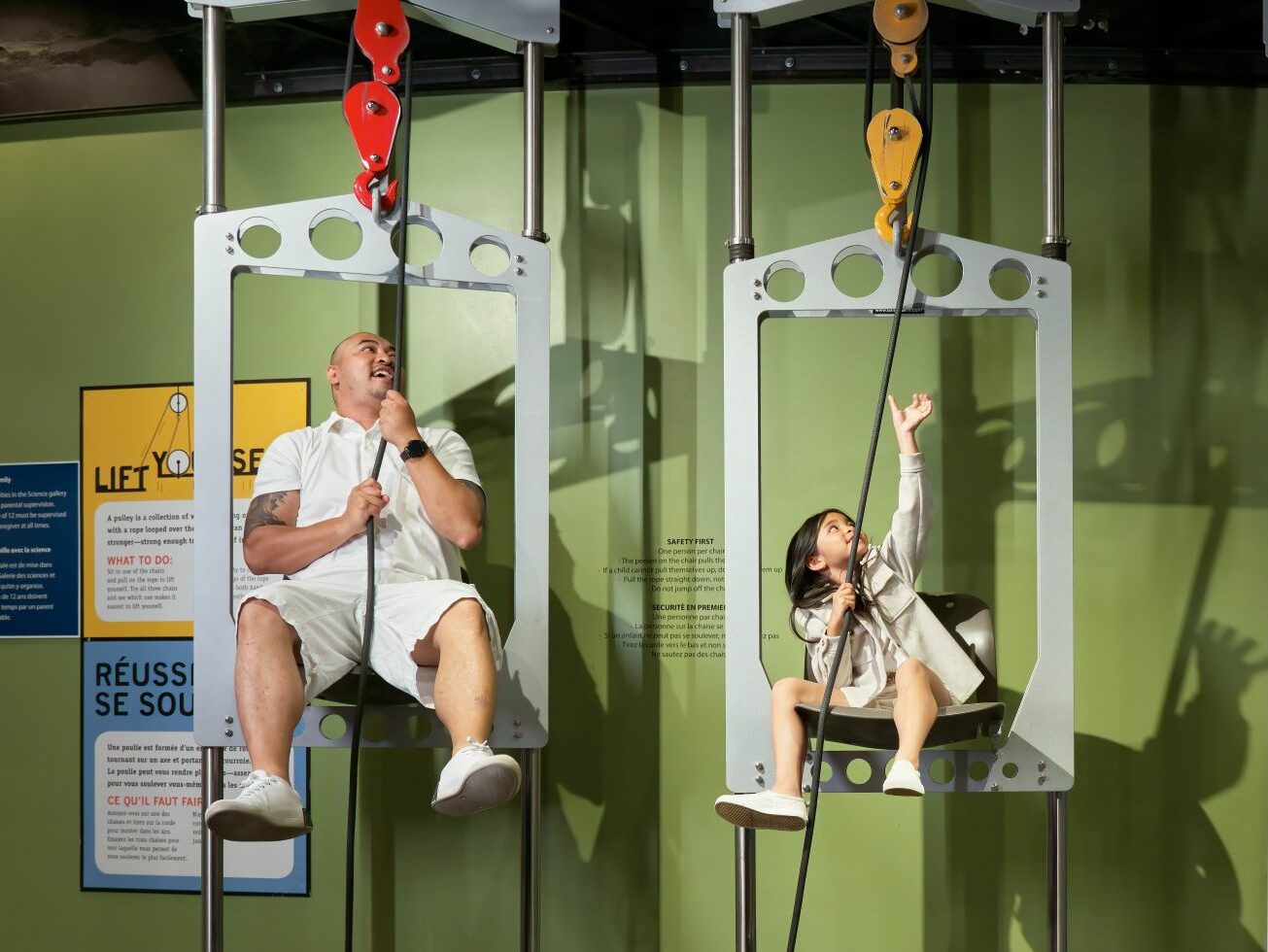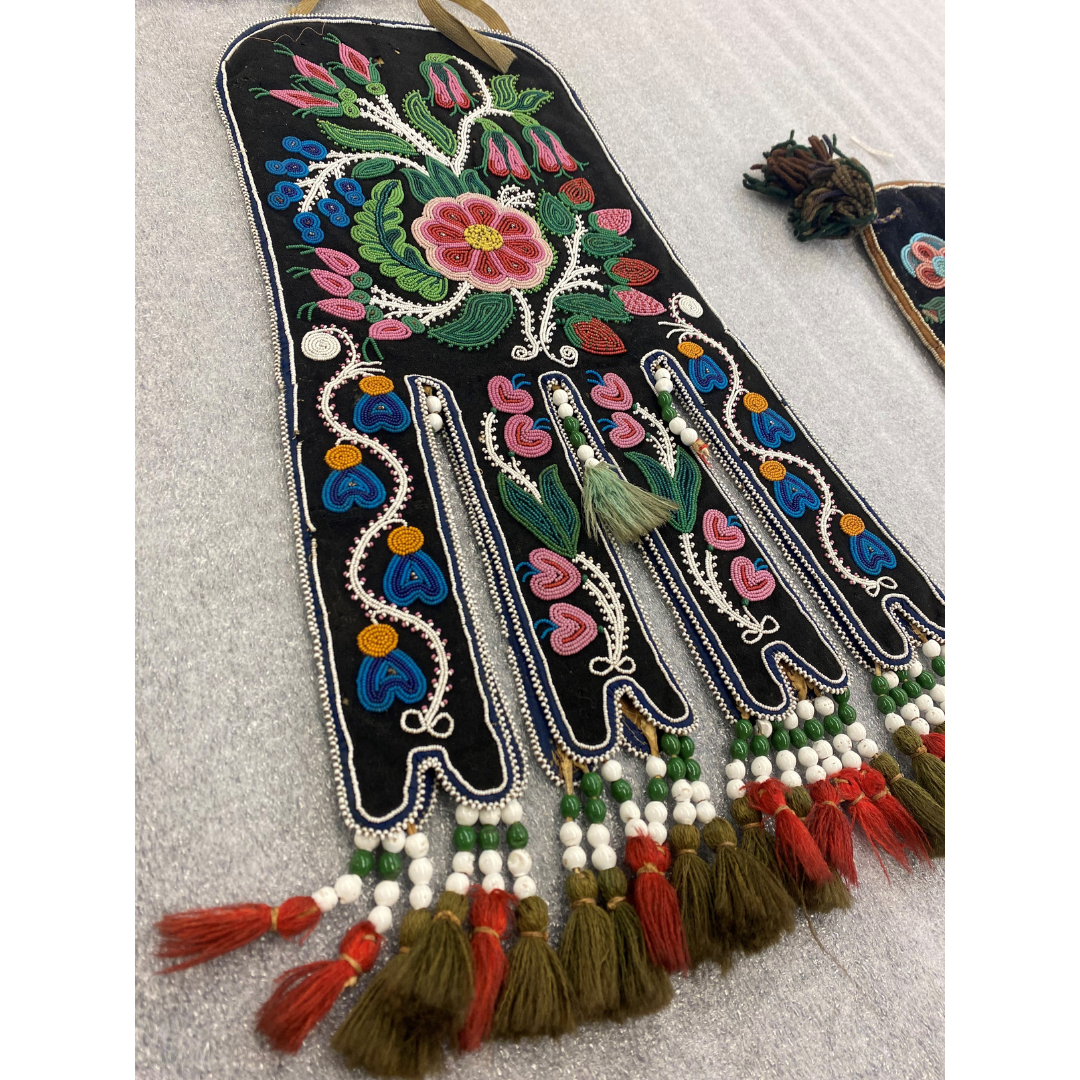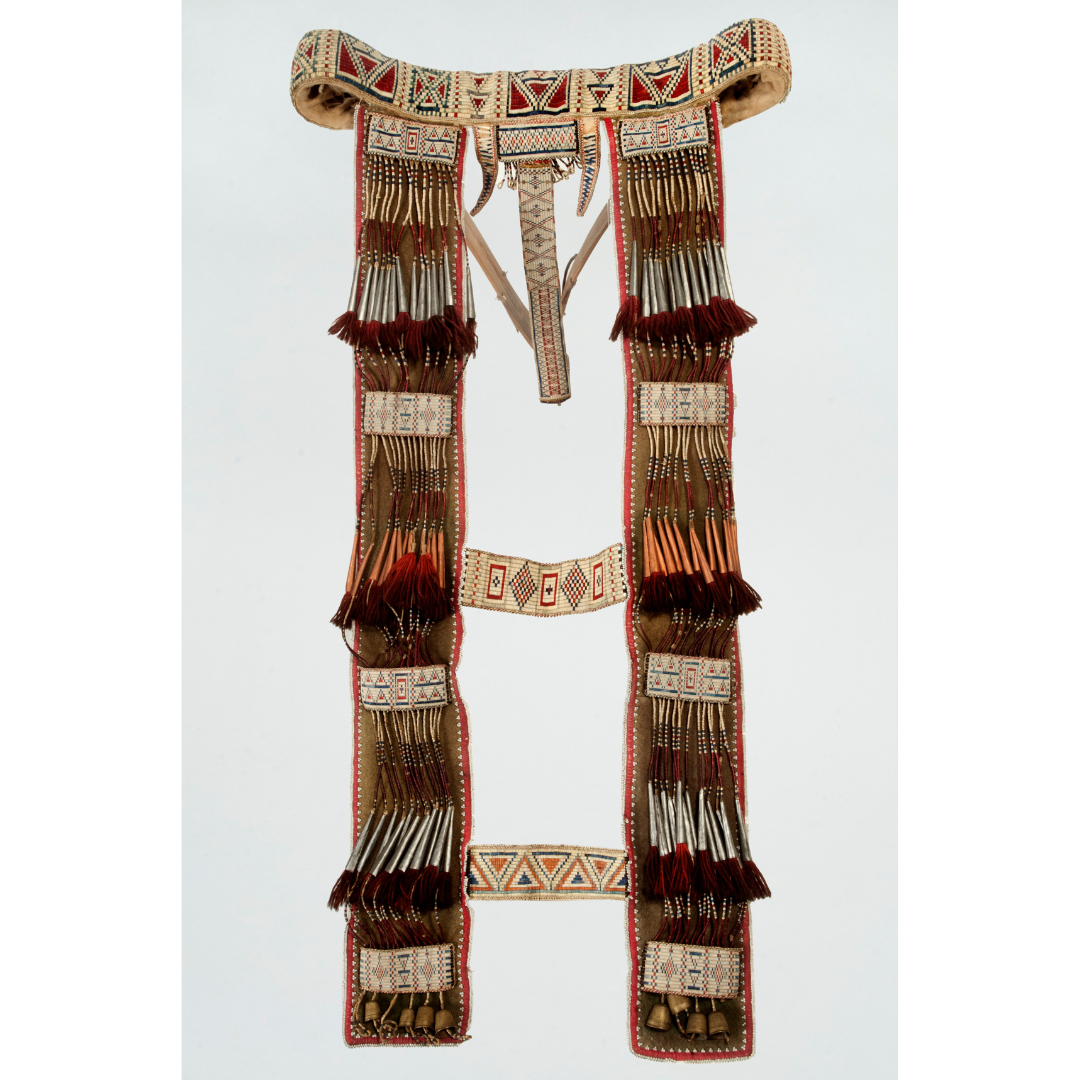Sarah Cayas graduated with a Bachelor of Arts in creative writing and theatre arts. She holds certificates in management and ESL teaching and pursues life coaching. Sarah is a newcomer, indigenous youth employment facilitator, and online mentor. She hopes to inspire immigrants through her experiences and expertise.
Story Title: S.C.A.L.E.
Summary: S.C.A.L.E. stands for Smart, Confident, Adventurous, Learning, and Excited. In this short story, Sarah shares how her digital scale helps her weigh her options as she takes on life’s many journeys with grace and faith.
Mariam Yide immigrated to Canada 13 years ago. Before the COVID pandemic, she worked as a healthcare aide with the Winnipeg Regional Health Authority. Mariam is a mother to two sons and looks forward to starting a new career.
Story Title: My Life Memory Tree
Summary: Mariam’s pathway has always been lined with trees. In this story, she celebrates trees as sources of sustenance and symbols of transition and rebirth.
(Emily) Fangyan Zheng has a Bachelor of Arts in Chinese Language and Literature Education. Fangyan immigrated to Canada from China in May 2011. For seven and a half years, she ran a motel in Hadashville, Manitoba. Now, she is a Chinese teacher and tutor at a non-profit Chinese school in Winnipeg, Manitoba. Fangyan is married and has a son who works in Toronto.
Story Title: Full Circle
Summary: Fangyan Zheng tells the story of her transition from Chinese immigrant to language teacher. Her story invites us to consider immigration and transition as a full circle that respects the past and the present while being hopeful for the future.
Paula Caracini was born in Salvador, Bahia, Brazil. She immigrated to Canada in 2021 with her husband and two daughters. Paula studied Psychology and built her career in counselling and as a Career Coach. She loves writing, reading, and learning new things.
Story Title: A Passport to Dreams
Summary: Paula’s passport has opened doors to the life she envisioned for herself and her family. In this story, she shares how a simple green booklet embodies her formal and informal identity.
Jeanette Perez immigrated from the Philippines in 2015 with a master’s in management engineering. She currently works in Marketing for a company in Winnipeg. Jeanette holds key positions in non-profit organizations that promote Filipino culture and heritage through music and arts. She is married and has three children and a granddaughter.
Story Title: Saturdays with U (Ukulele)
Summary: Jeanette has a unique ukulele. In this story, she shares how the musical instrument helped her to honour her mother and brother while growing her community and self-confidence with the gift of music and song. As part of her story, Jeanette will also be performing “Somewhere over the Rainbow”.
Genelyn Navarro is an employment outreach facilitator who merges her social work, public administration, and business administration (HR) expertise to empower youth. Passionate about community development, Genelyn channels her knowledge to mentor and support young individuals, fostering their growth and success in the professional world.
Story Title: Pamana (Inheritance)
Summary: Pamana is a Tagalog word which means inheritance. In this story, Genelyn Navarro celebrates the legacy of her parents’ unwavering belief in higher education and the spirit of community and volunteerism that she brings to every space she calls home.
Viktoria Bulat was born in Khmelnytskyi, Ukraine. She holds a master’s degree in journalism and volunteers at the “U Multicultural” channel and the Health Science Centre’s Children’s Hospital. Viktoria came to Winnipeg in November 2022 after spending three and a half years in Milan, Italy. She is married, and her daughter is now one year old.
Story Title: A Lullaby in Four Parts
Summary: Viktoria tells a story about finding her feet after years of disruption and displacement. Her anchor was motherhood, propelling her and her husband to journey to Canada.
Tetiana Lushpaienko is from the Ukrainian city of Odesa. She has a master’s degree in economics and had built a great career in the jewelry industry there. Tetiana came to Canada two years ago with her six-year-old son and only two suitcases. She now lives in Winnipeg with her family, where she continues her passion for working with diamonds and gems.
Story Title: My Onyx Talisman
Summary: Onyx symbolizes strength, confidence, and perseverance. In this story, Tetiana shares how her connection to the jewel helped her remember who she was before the war in Ukraine began and how wearing it helped her return to the lifestyle she worked hard to achieve.











